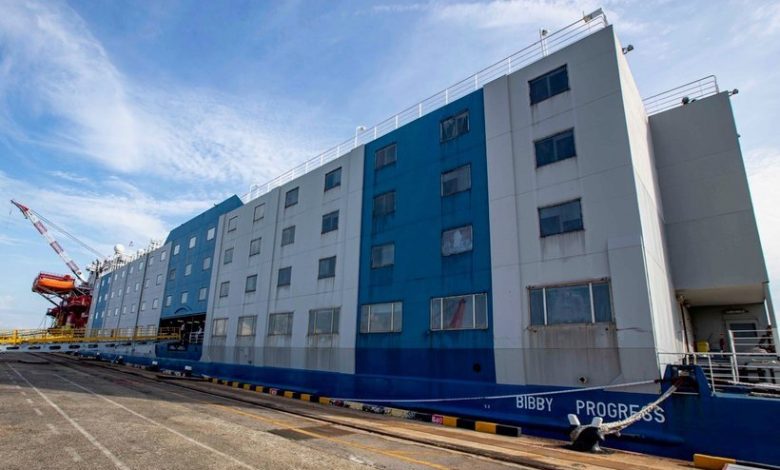Floatels deployed as Singapore finally eases crew change stance

From tomorrow Singapore will finally address its crew change commitments, deploying three floatels as dedicated crew facilitation centres at its port. One floatel will house signing on crew and two others will be used for seafarers signing off.
In a series of crew change announcements on Friday, Singapore also announced that crewmembers who have stayed at least 14 days from specific low-risk countries/regions to sign-on to ships in Singapore will either no longer be required to serve a stay-at-home isolation in the originating country or only serve a shorter isolation of seven days prior to departure for Singapore. Crewmembers from other countries will continue to serve an isolation period of 14 days prior to departure.
Singapore, which has attracted notable criticism for its muted crew change stance in recent months, is also now chipping in funds to research solutions to the humanitarian crisis at sea.
The Maritime and Port Authority of Singapore along with the Singapore Shipping Association, Singapore Maritime Officers’ Union, and Singapore Organisation of Seamen, will establish a S$1m ($735,000) fund to work with stakeholders in seafaring nations on concrete solutions for safe crew changes, such as initiatives on best practices for crew holding facilities and testing centres.
“As shipping is a global business, we hope that more ports and stakeholders will join us in such initiatives, so that seafarers can continue their work and keep the supply lines of the world open,” commented Ong Ye Kung, Singapore’s minister for transport.
